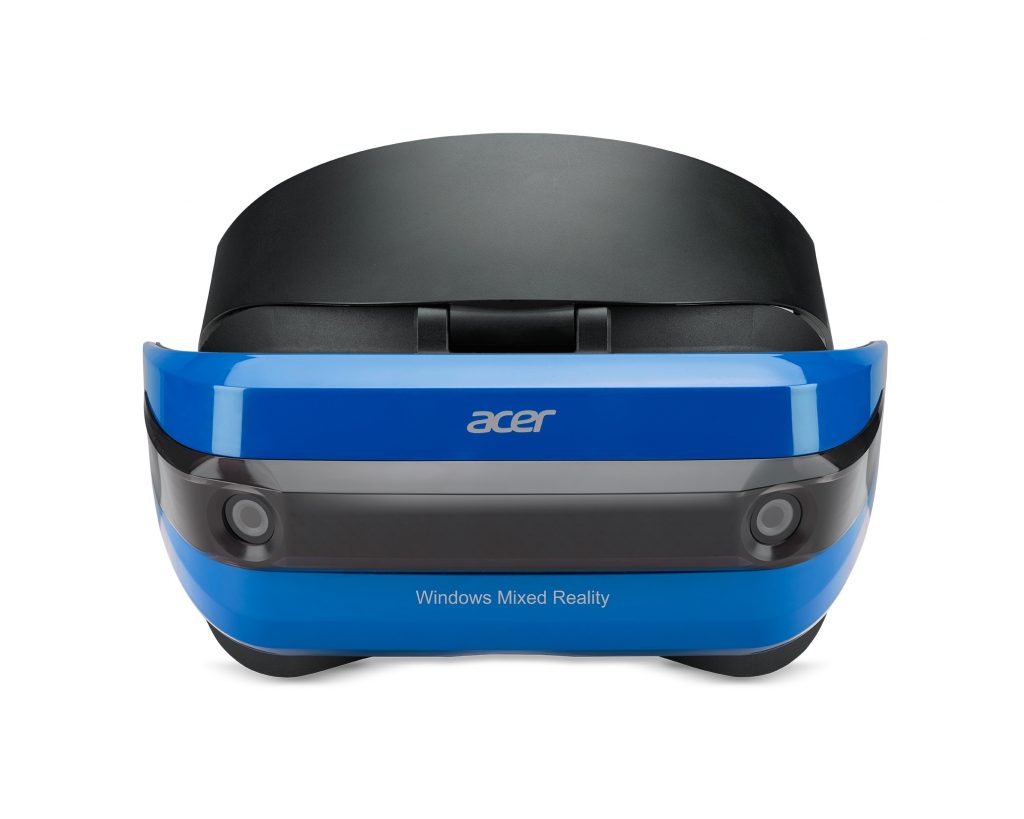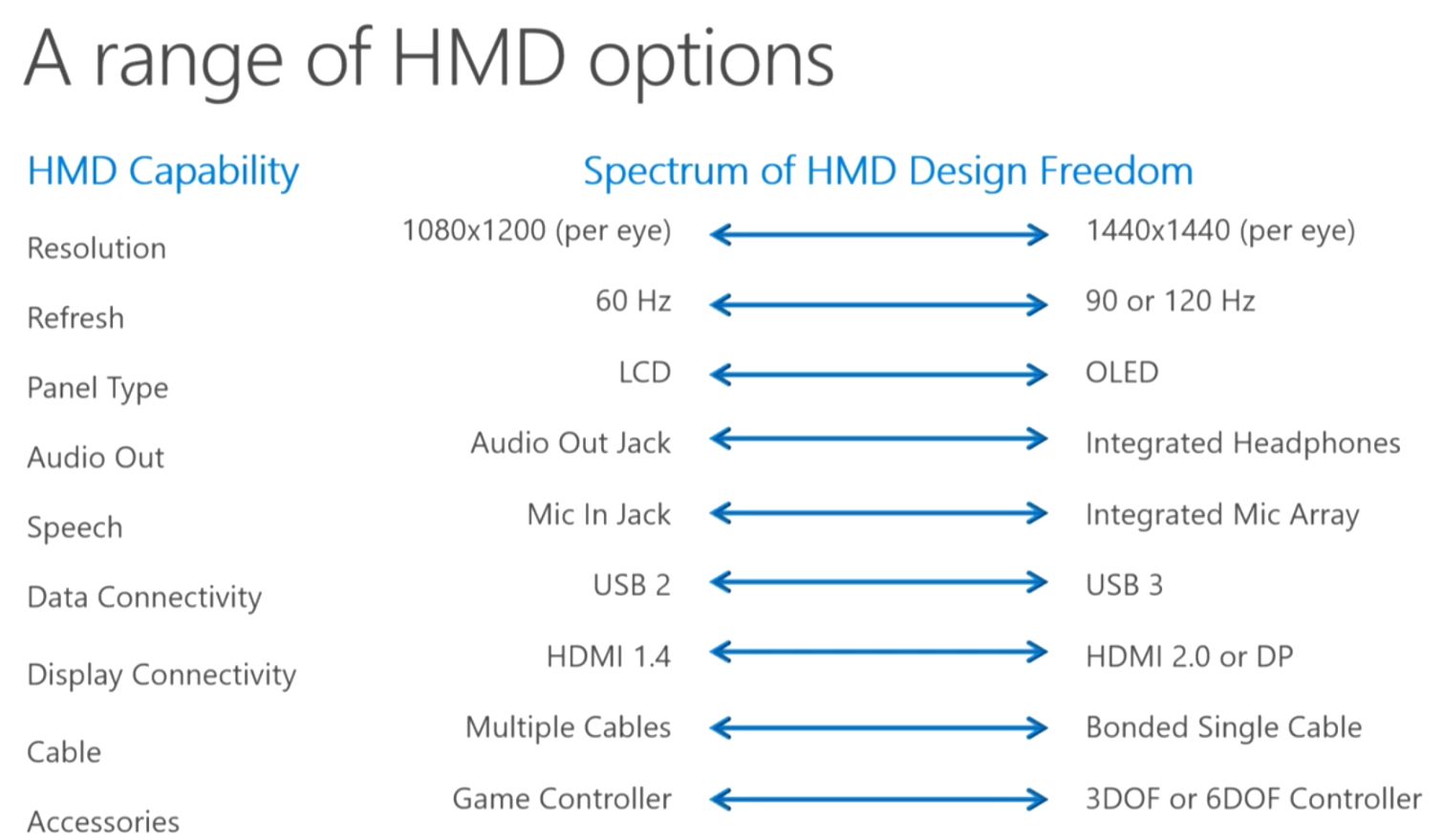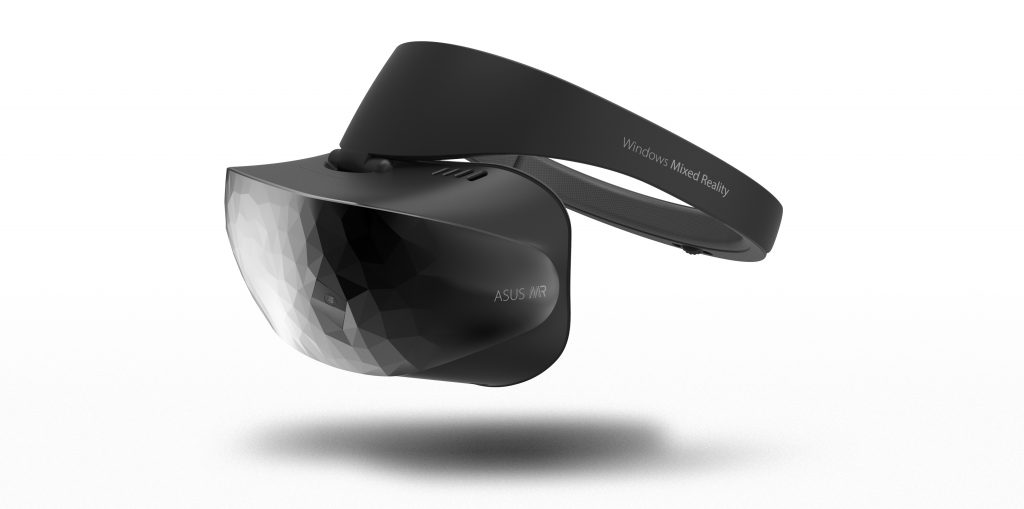Microsoft Shares Limited Details About Asus, HP, Lenovo Windows Mixed Reality HMDs
Microsoft revealed a handful of details about the Windows Mixed Reality HMDs from Dell, Asus, and Lenovo, that give a glimpse at the variety we can expect from Microsoft's partners. Each headset offers a different range of features and capability.
Last year, Microsoft announced partnerships with five leading hardware manufacturers to bring a range of HMDs to the Windows Mixed Reality (formerly Windows Holographic) platform. Acer, Asus, Dell, HP, and Lenovo signed on to develop HMDs to complement Microsoft’s push into immersive computing.
Microsoft’s Windows Mixed Reality platform features a mixture of virtual reality and augmented reality devices and specifications. The software giant set loose parameters for its hardware partners to follow, but each OEM is free to choose components that fall within Microsoft’s “spectrum of HMD design freedom.”
What that means is each Windows MR could have wildly different specifications from each other. For example; Microsoft allows for HMDs with dual 1080 x 1200 60Hz panels on the low end, and 1440 x 1440 with 90Hz or 120Hz panels on the high end. Product designers from each company will presumably mix and match features from the low-end and the high-end buckets to find a happy medium of cost and features.
Microsoft plans to launch the Windows Mixed Reality platform this holiday season, so we expect to see details about the upcoming HMDs soon. In fact, we expected to see the five partner HMDs at Computex. We’ve already had a chance to try Acer’s MR developer kit HMD (which doesn’t do mixed reality), and HP’s Windows Mixed Reality developer kits are available to developers in the US and Canada already. The Asus, Dell, and Lenovo kits continue to elude us, though.
Microsoft didn’t have the Windows Mixed Reality HMDs on hand at Computex for us to see, but the company released a blog post that gives us a glimpse of the three unreleased headsets. Microsoft revealed images of the Asus, Dell, and Lenovo Windows Mixed Reality HMDs along with a sliver of detail about each one.
Microsoft said Asus is making its HMD “fast, powerful, and ultra-light,” which we interpret as having a high refresh rate display in a lightweight package. The “powerful” description could indicate that Asus is pushing for a high-end experience--perhaps with additional features, such as the pass-through camera’s the Acer’s kit lacks. Microsoft’s blog post mentioned that Asus’ package would include tracked motion controllers to compliment the headset.
Get Tom's Hardware's best news and in-depth reviews, straight to your inbox.
Microsoft also revealed a few sparse details about Dell’s upcoming Windows Mixed Reality headset. The company said that Dell is building “an affordable consumer headset, which will bring mixed reality experiences to a broad audience.” That statement isn’t specific, but we can infer that Dell’s headset will land closer to Microsoft’s low-end reference design with 1080 x 1200 60Hz LCD displays and no integrated audio equipment. Dell is focusing on user comfort in the design of its headset, though, which suggests it could include 90Hz panels. Microsoft said that Dell’s Windows Mixed Reality HMD features a weighted headband to help balance the headset on your head. It also includes replaceable cushions that allow you to personalize the fitment. Microsoft said the Dell HMD includes a hinge that lets you flip the screen up to see the real world around you.
Microsoft didn’t have a lot to say about Lenovo’s Windows Mixed Reality headset except to say that it would be “incredibly affordable” and it would feature built-in sensors that enable inside-out-tracking that lets you move around your physical space while enjoying VR experiences. The image of Lenovo’s Windows Mixed Reality headset tells us a little more than Microsoft’s blog says, though. It’s clear that Lenovo’s MR kit is the VR HMD we saw in January at CES. Because we saw the mockup in January, we know that Lenovo’s HMD includes a hinge like the Dell kit, that allows you to swing the visor upwards, so you don’t have to take it off to talk to someone in the room or take a sip of a drink. We also know the headband is similar to the Hololens headband, and the headset fits over a pair of glasses better than HTC’s Vive and Oculus’s Rift HMDs. In January, we also learned that Lenovo’s headset would include dual 1440 x 1440 displays, would not feature built-in headphones and that it would ship with a gamepad in the box.
Microsoft has several months to finalize the Windows Mixed Reality platform in time for the Windows 10 Fall Creators Update, and as such, the company’s hardware partners have several months to finalize their Windows Mixed Reality devices. We reached out to Dell, Lenovo, and Asus for more details, but they declined to share more detail at this time. We expect to learn more soon.
Kevin Carbotte is a contributing writer for Tom's Hardware who primarily covers VR and AR hardware. He has been writing for us for more than four years.
-
computerguy72 I wonder if any of these HMD's will be compatible with Rift or Vive applications and if not natively is there a way to get it done like revive.Reply -
dark_lord69 Reply19761010 said:I wonder if any of these HMD's will be compatible with Rift or Vive applications and if not natively is there a way to get it done like revive.
Even if they are not compatible someone would likely create a program that would allow/force these to work. I have an Oculus which is pretty cool and I'm happy with my purchase but I'd like to see a more mass adoption. -
grimfox The Steam ecosystem is pretty loose with regards to the hardware, so I wouldn't expect a problem there. The big question is will you be able to run content from steam or if MS only allows UWP applications. I could totally see MS locking it down. The only advantage there is that it would likely result in good xbox support. But boo to locking hardware to software platforms.Reply





